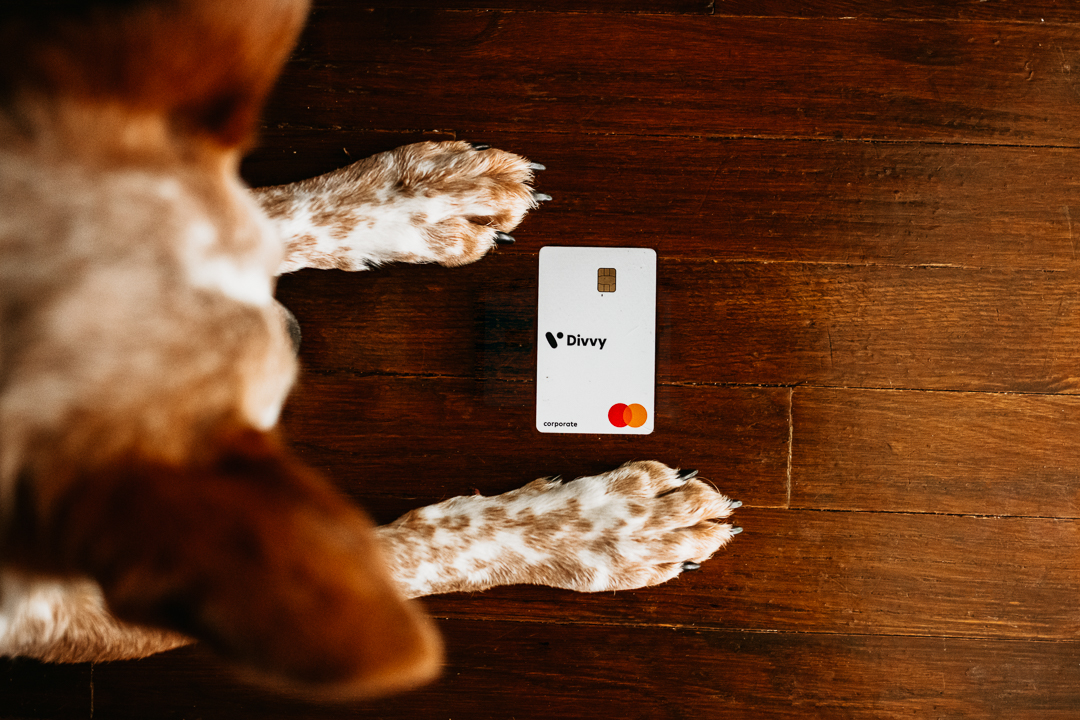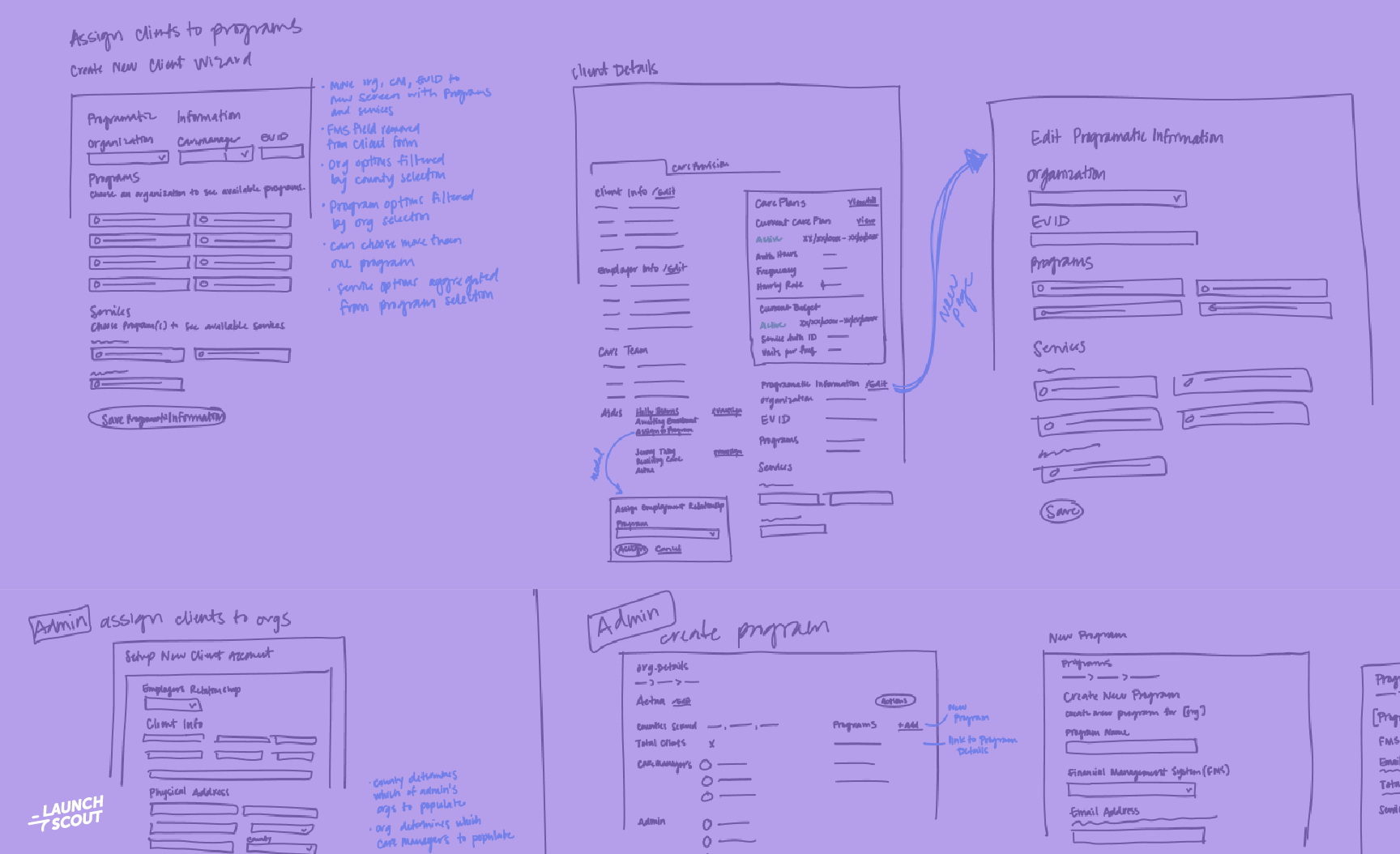
6 May 2020
How Divvy helped us make the move to remote work
When we made the move to remote work our weekly catered team lunches naturally had to change in format. As described here, we decided to make a conscious effort to support our local economy and enable employees to order out lunch from a local restaurant. If we had to do this a couple of months ago, we would have facilitated this the way most companies distribute spending authority: a few people would pay with their company credit card, but most would pay for it with their own funds and then fill out the dreaded expense report and wait for reimbursement, all while floating the company’s expenses. Meanwhile, our accounting team would have very little visibility of what was spent until the credit card statements arrived at the end of the month.
Luckily, a few days before we vacated the office, our new credit cards from Divvy showed up. I have a reputation around the office for geeking out over financial tools and I was convinced that Divvy would revolutionize the way we manage and distribute our budget and allow our team to easily spend money they need to have access to.
What is Divvy? How does it work?
Think of Divvy as a programmable credit card platform managed by a web and mobile app. It allows you to control what every cardholder can use their credit card for before the purchase is made. Divvy allows for decentralized budgetary spending in a coordinated, controlled way.
When you first receive a Divvy credit card, you won’t be able to buy anything with it and all transactions will be declined. In order to use the card, you first have to tell Divvy who is allowed to spend how much money from which budget categories.
The Divvy administrator must first create a budget (for example, “Friday Team Lunch”) with a defined spending limit - let’s say $450. Then, they add cardholders as valid spenders within the budget. However, in order for the transaction to be approved at the POS, they must have money allocated to them out of the budget pool (unless they’re a budget owner - then they can spend straight from the budget). This protects the budget from being overspent by a single person on a shopping spree. In our Friday lunch example, we would allocate $15 to each person since we have 30 spenders in the budget. Once a person hits their personal allocation, or the overall budget limit is hit, no cards can be used for transactions out of that budget.
So how does Divvy know what budget to apply a transaction against? If you only have one budget, the answer is pretty simple, but most users have multiple budgets they can spend out of. As long as they have enough funds available in any of their budgets, the transaction will be approved. In order for Divvy to know which budget to apply the spending against, the user must go into the companion app and code the transaction against the relevant budget.
We have about 15 budgets set up for our company of 30 people. These cover everything from dues and subscriptions, travel expenses, office supplies, meals, sales meetings, and professional development. The mobile and web applications make it super easy to set up budgets and owners, but occasionally you’ll find yourself double-checking settings to make sure everything is correct, or trying to figure out what a certain card is getting declined. This is a good thing - you have complete control over how the money is spent!
Power Features
Divvy’s core functionality is super cool and very useful, but there are a few power features that make it very compelling for distributed teams.
As described above, setting budget limits and allocating funds beforehand works very well. But what happens when your team needs to pay for something that you didn’t foresee beforehand? Luckily, Divvy supports a “Request Funds” workflow that sends the budget owner a notification from the spender asking for a release of spending ability for a specific amount and for a specific item. The approval workflow works within seconds, so the employee isn’t stuck waiting for days without the purchase they need to be productive.
Another Divvy power feature allows for the creation of an unlimited number of virtual cards. Each of these cards is associated with a particular budget and can be set to have a max spending authority that resets automatically on a monthly basis. We have created virtual cards for each of our subscription accounts, and each is capped for what we should be paying monthly. This essentially eliminates the possibility of credit card fraud from a compromised service, and also allows us to shut off a subscription by simply disabling the card. This system is extremely powerful and allows for precise control of company funds.
Let your employees do their own bookkeeping
Our accounting workflow with our old bank-issued credit cards meant that reconciliation of our credit card transactions happened only at the close of the month. This meant that we had no visibility of what we were spending on credit cards until the month was already closed. Whenever someone asked “Can I spend money on this thing?” there was no real knowledge of whether or not it would fit into our budget for the month. This meant that we either said “yes” and hoped we didn’t go over budget or we said “no” without a valid reason.
Expense reports should be used to make reconciliation easier, but the time spent filling out hundreds of expense reports for many small transactions is costly, and the accuracy of the results was not great. However, Divvy solves this problem by capturing almost all relevant information in the expense report directly from the transaction itself. Divvy integrates with most accounting systems (Quickbooks for us) and allows for the selection of which accounts are available to be tagged against transactions. My only real frustration with Divvy is that you cannot assign a particular QB account to a budget, and instead, you have to manually select the relevant account each time. This is a minor complaint, but I think it would streamline the workflow even more if they allowed for that setting.
Solid Technical Choices
Another cool bonus is that Divvy made extensive use of Elixir to build their platform. Elixir is our language of choice these days as well. The combination of the elegant syntax, functional paradigm, and the robust foundation that Erlang provides makes Elixir an excellent choice for building a system with a high need for scalability, concurrency, and fault-tolerance.
We decided to use Divvy before becoming a remote workforce, but it has definitely made the transition more seamless for our entire team. Traditional financial service platforms such as corporate credit cards have historically lagged behind when it comes to innovation, but Divvy is revolutionizing how companies can manage and distribute their budgets and spending. Sign up for a demo to see how Divvy could work for your company.


